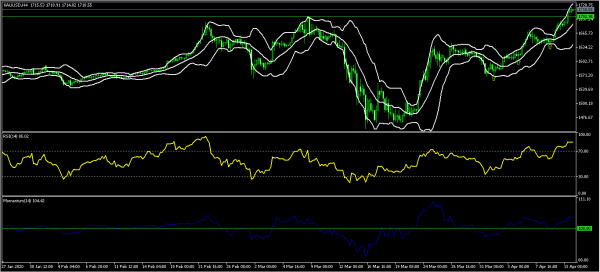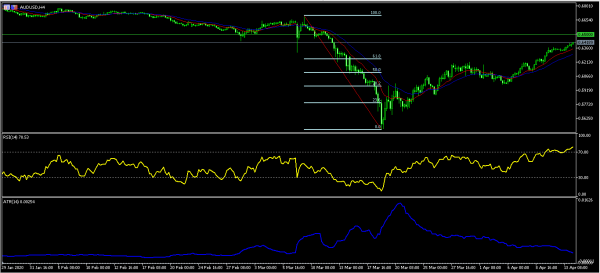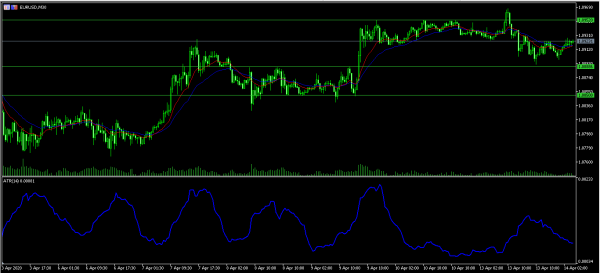US stocks declined sharply as investors braced for the first-quarter results from companies. The Dow Jones, S&P 500, and Nasdaq declined by about 2%, giving up some of the gains made last week. Later today, we will receive first quarter results from banks like Wells Fargo and JP Morgan. Other big companies like Johnson & Johnson, Blackrock, Goldman Sachs, and Bank of America will release their results this week. An analysis by Fitch found that revenues of the S&P 500 would decline by about 10% in the quarter. This will be the worst-performance since the last financial crisis. The stocks also dropped in reaction to the oil deal that was struck during the weekend. There are questions about the efficiency of the deal.
The US dollar index dropped in overnight trading as questions remained over when the US economy will reopen. Donald Trump has been under pressure from business friends like Stephen Schwarzman and Tom Barrack to reopen the economy, according to a report by the New York Times. On the other hand, his medical advisors have warned him against doing that fearing that the virus would spread. In a statement yesterday, the president said that it will be his decision on when to reopen the economy. On Sunday, Minneapolis Fed president, Neel Kashkari said that it was possible for the US to have the current lockdowns for about 18 months.
Oil currencies dropped in overnight trading as investors questioned the deal that was signed to cut production. The Mexican dollar, Norwegian krone, and the Canadian dollar declined by more than 50 basis points against the dollar. This is partly because investors expect the current oversupply to last especially now that demand has dropped by 30%. Also, there are concerns because the deal will take effect this May. There’s a chance it could fail especially because Mexico has refused to cut its allocated quantity. Finally, there are concerns that some members, especially Nigeria and Iraq will cheat on the deal.
EUR/USD
The EUR/USD pair rose to an intraday high of 1.0925 in the Asian session. This was slightly higher than yesterday’s low of 1.0891. On the 30-minute chart, the price is slightly above the 14-day and 28-day exponential moving averages while volume has remained relatively low. The average true range, which is a good measure of volatility has been rising. With no major scheduled economic release, the pair may remain within the current channel today.
XAU/USD
The XAU/USD pair rose to a high of 1,724.22, which is the highest level it has been in seven years. On the four-hour chart, the price is along the upper line of the Bollinger Bands and above the short and longer-term moving averages. The RSI has moved into the overbought level while the momentum indicator has remained above 100. The pair may continue rising and possibly test the resistance level at 1,750.
AUD/USD
The AUD/USD pair rose to an intraday high of 0.6416. This price is slightly above the shorter and medium-term moving averages while the RSI has soared to above 70. The pair has also risen to above the 61.8% Fibonacci Retracement level while the average true range has declined. The pair may continue moving in an upward trend and possibly reach a high of 0.6500.













